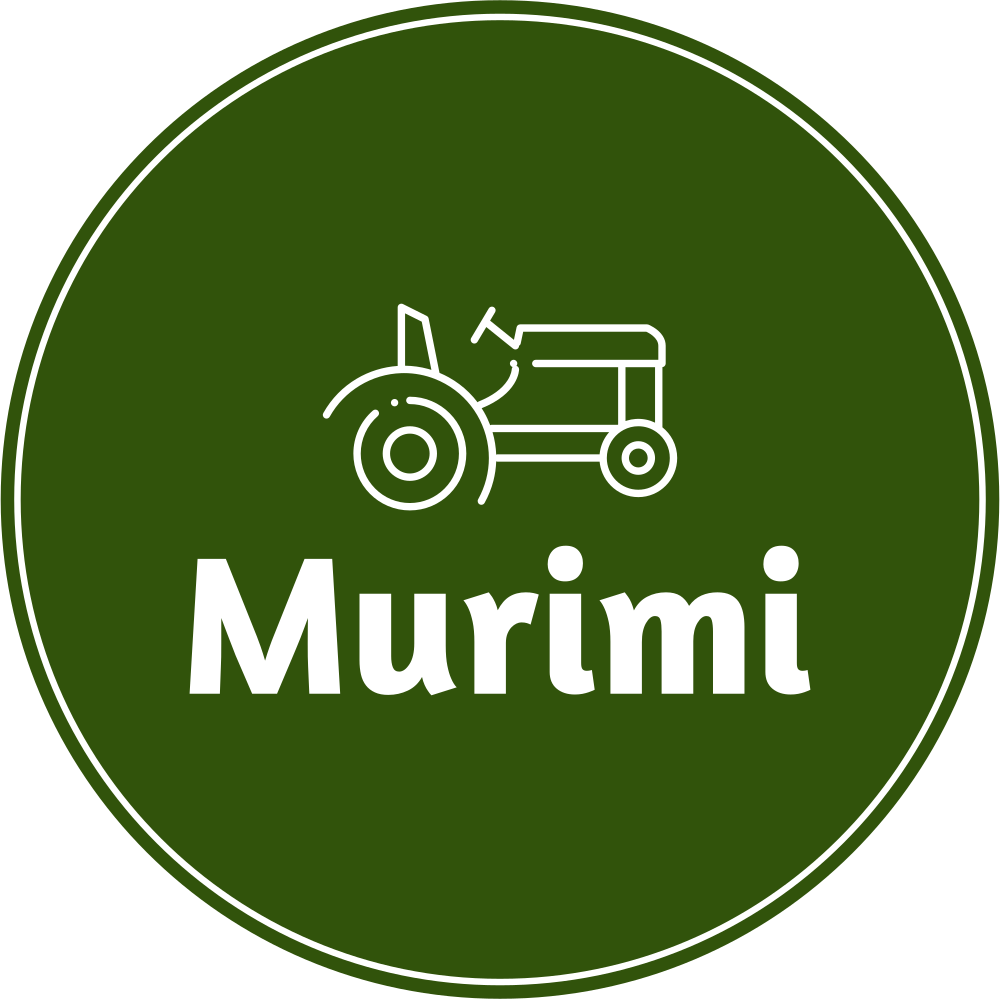Zimbabwe’s vast landscape, from the Limpopo River to the Zambezi and beyond, is dominated by the veldt, a vital ecosystem that sustains most of the country’s cattle.
Cows: Nature’s Unspoken Experts
While cows can’t explain their grazing habits and their actions speak volumes. Their body condition and fertility serve as a natural gauge for the health of the veldt. But a closer look reveals a surprising truth: cows actually contribute to the regeneration of this ecosystem. Yes they feed on the veldt but they also process and give nutrients back in the form of thier dung.
The Regenerative Cycle
Over 90% of what a cow consumes is returned to the veldt as nutrient-rich dung, which is then broken down by insects and absorbed by the soil, nourishing the grasses. This cycle creates a positive feedback loop – richer food for the cows leads to richer dung and ultimately, healthier grasses.
Traditional Thinking vs. New Understanding
For decades, the focus has been on cows’ supposedly destructive grazing habits, leading to restrictive management practices. However, after years of experience, a new perspective based on the cows’ perspective should be considered. If cows could speak then they would perhaps say:
Let Us Choose Wisely
“We explore a vast array of grass types, not just one generic ‘grass,'” the cows seem to say. They explain their choices:
Early Season: Initially, they seek out new, green shoots, but these don’t provide enough sustenance. Later, they turn to “Spear grass,” a previously avoided option that becomes palatable and nutritious at this stage.
Peak Season: As summer progresses, grasses flourish faster than cows can graze. Here comes the surprising part: cows intentionally target the “undesirable” grasses, which are actually the most vigorous and resilient. By keeping these dominant grasses short, they encourage new growth and maintain a healthy veldt balance.
Highveld Cows (Sour Grass):
Problem: Farmers move cows too often, preventing them from properly grazing sour grass, leading to lower conception rates and poorer quality grazing.
Solution: Give cows a large, permanent paddock where they can selectively graze sour grass, allowing proper rest for the most productive areas. Mow or burn unproductive areas to encourage new growth.
Lowveld Cows (Sweet Grass):
Problem: Frequent movement, lack of water sources, and inadequate feeding during dry season lead to malnutrition and death.
Solution: Divide the grazing area into four sections with a central water point. Rotate cows through the sections to prevent overgrazing. Supplement their diet with maize bran during the worst part of the dry season.
General for Both:
Benefits: Improved cow health, higher conception rates, increased milk production, and better overall veldt health.
Cows’ Requests: Respect our natural grazing habits. Provide adequate food and water. Minimize handling and stress.
Communal Land Cows (Both Highveld and Lowveld):
Highveld: Need recognition and better living conditions. Cows offer to increase milk production in exchange for proper feeding.
Solution: Provide dedicated sleeping areas, limit daytime kraaling, and offer supplementary feed.
Lowveld: Water scarcity is the biggest problem. Need to store hay made from annual grasses during the rainy season.
Solution: More water points and a “culture of cutting grass for stockfeed” to create emergency hay reserves. Control goat population to prevent competition for resources.
In Conclusion :
Cows play a vital role in regenerating the veldt through their grazing and waste.
Cows have a nuanced understanding of different grasses and their nutritional value.
Traditional grazing management practices might need to be reevaluated to allow cows to take advantage of their natural grazing instincts for the benefit of the entire ecosystem.
